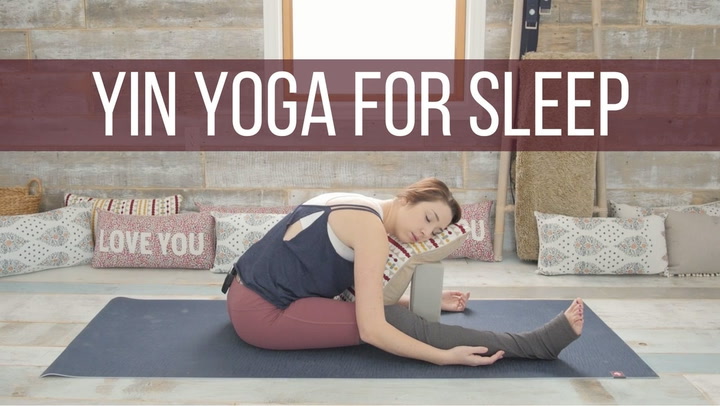

Even this early on in the practice, contentment can arise. Perhaps you're feeling boredom or irritation. Perhaps you can't stop thinking about work or the stresses of the day.

Observe closely and don't reject anything that appears. After a while, check-in with your emotions. Notice the feelings in your body - the ground beneath you, the temperature of the air, the sounds and smells around you. After several breaths, allow your awareness to broaden. Notice and accept the breath exactly as it is. Feel the rising and the falling of each inhalation and exhalation. From here, notice the rhythm of your breath. Begin by allowing your awareness to sink into your lower belly. Sit, lie down or stand in Mountain Pose - whatever's comfortable for you.

Reclined Supported Butterfly for 6 minutesīegin each practice gently with an opening meditation. Reclined Supported Butterfly for 5 minutes We suggest using a stopwatch or counting in your head rather than using a phone - after all, we want to be avoiding screens altogether, not encouraging them! 30 Minute Bedtime Yin Yoga Further on you will find guidelines for each of the Yin yoga poses. We've provided guidelines for a 30 minute and 1 hour practice in the table below, depending on the time you have available.
#Yin yoga sequence for sleep how to#
Now you know why Yin is the perfect choice for bedtime yoga and how to practice Yin yoga poses, here's a practice consisting of 11 bedtime yoga poses for better sleep. They don't respond well to constant movement and rather require long-held, gentle pressure to be stimulated properly. The deep tissues we are targeting aren't overly elastic. When we have reached our edge and become still, all that is left to do is stay. Secondly, if your body has opened and is inviting us to go deeper. Firstly if you experience pain in the pose. No matter what arises in the mind or sensations arise in the body, we remain still. Resolve to Remain StillĪvoid the urge to push deeper, fidget, bounce or rock in the pose. Don't force depth - throughout the pose your body will allow you in. Go only to the point where you feel significant resistance. The 3 simple and effective principles for Yin yoga practice are: Come Into The Pose at an Appropriate Depth We could attempt to describe the principles of a Yin yoga practice in a fresh, jazzy way - but the description from renowned yoga and teacher Sarah Powers is as coherent as it could be. What that means is that stress, anxiety and excess stimulation float away with every passing minute. That's why we prefer Yin yoga to Restorative yoga for sleep - because it requires introspection and focus that makes it difficult to think about anything else but the present. Instead, it's quite challenging due to the long duration of the poses and the depth with which you go into them. Anyone who's tried Yin will quickly discover that it's far from passive or soft. Yin however gets deep into the tissues of our ligaments, joints, fascial networks and even our bones. Most forms of yoga are dynamic, active practices designed to work our muscular tissues. That method comes in the form of wonderful Yin yoga. We're here to give you a rather effective sequence of bedtime yoga poses to achieve deep calm - physically, mentally and emotionally - to set you up for an effortless and peaceful night's slumber. Prevention is your best friend (turning off devices in the evening, leaving work in the metaphorical office, winding down with your loved ones in the evening, having a regular mindfulness practice, dropping the post-lunch coffee etc.), but we understand that life happens and sometimes you end up in a situation where you need to do something proactive in order to switch off. That's pretty shocking given sleep is one of the pillars of good health - yet it's the one we all seem to neglect. According to a recent study by Aviva, two-thirds of UK adults suffer from disrupted sleep and nearly a quarter manage no more than five hours a night. Long work hours, inescapable electronic devices, busy evenings, caffeine addiction, light and noise pollution, not to mention increasingly commonplace anxiety and stress that all play their part in wrecking your sleep quality. In the modern world, sleep doesn't come easy.


 0 kommentar(er)
0 kommentar(er)
